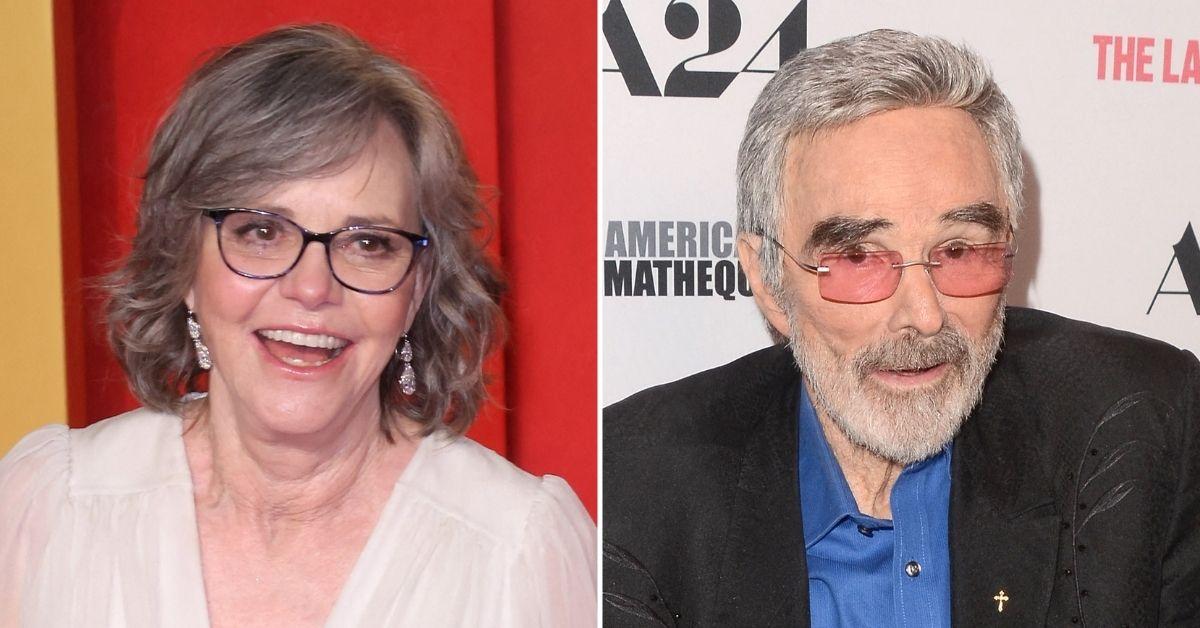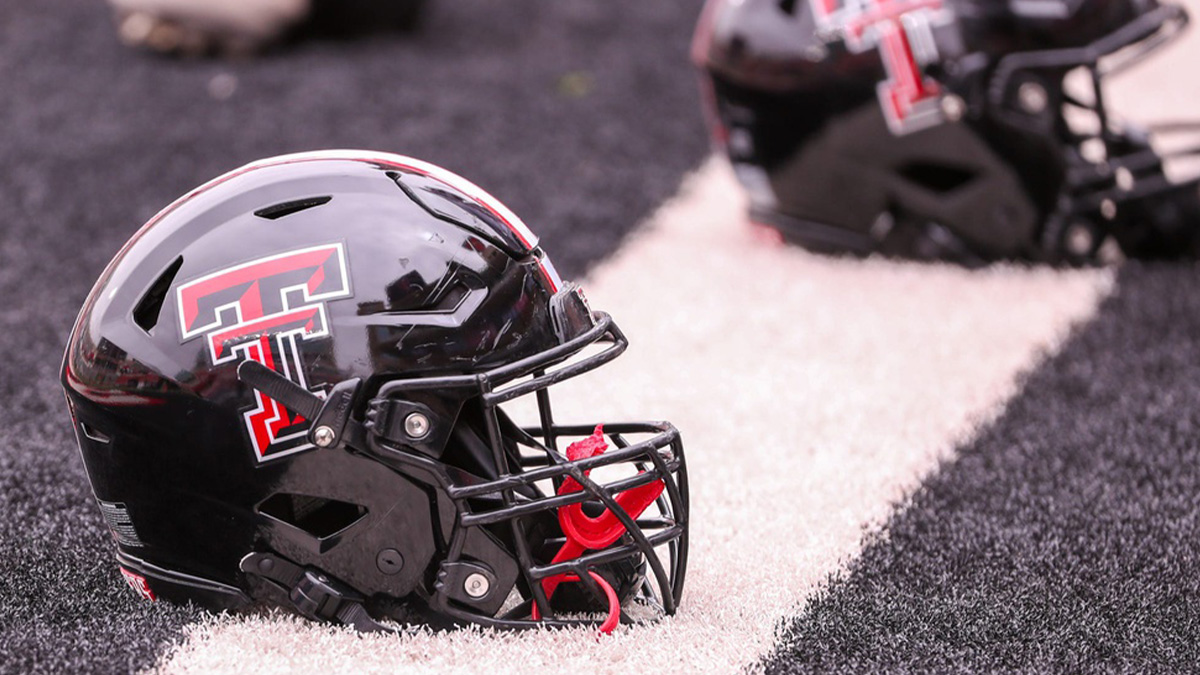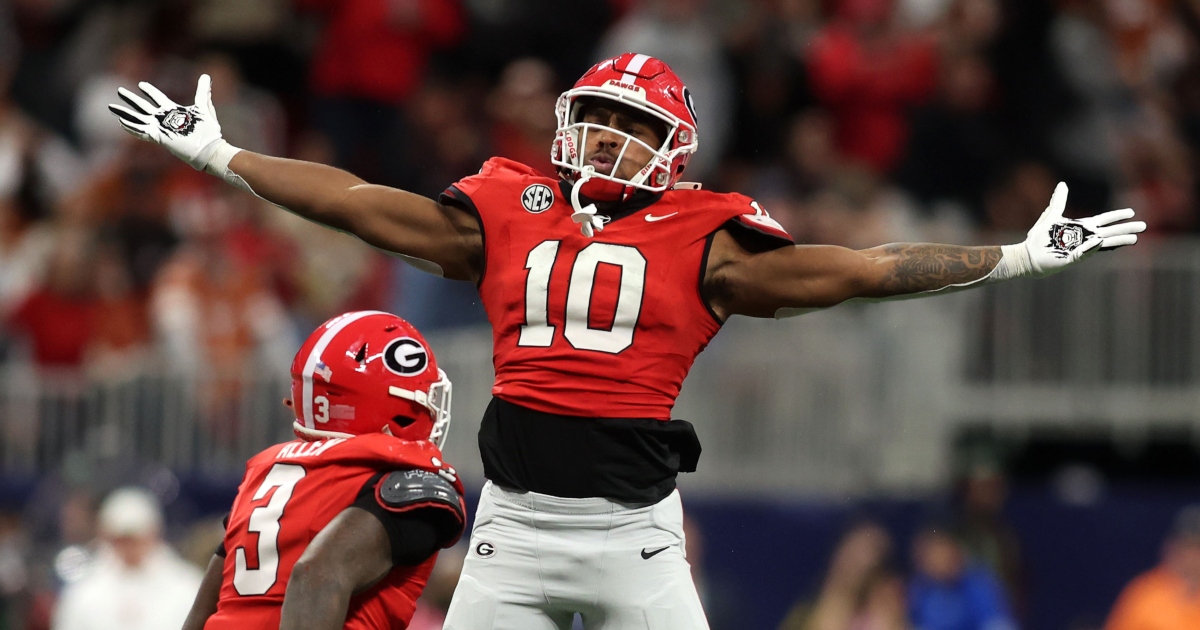Whoever the coach and whatever the league during during this month’s football media days events for the Power Four conferences — the Atlantic Coast, Big 12, Big Ten and Southeastern — one theme remained consistent at the speaker’s podium.
In an era when revenue sharing and NIL opportunities can swiftly steer athletes toward the NCAA transfer portal, and immediate eligibility has become the rule rather than the exception, programs across the country are racing to master the art of player retention.
Its importance is crystal clear to Arkansas coach Sam Pittman, who has seen all but five players from his 2023 recruiting class leave for other programs.
“Here’s what it’s not because of: the way they’re treated, because of the way they’re developed, because of the way they’re taught,” said the 63-year-old Pittman, who is entering his sixth season in charge of the SEC’s Razorbacks but had prior experience in the vaunted conference as an offensive line coach at Tennessee (2012), Arkansas (2013-15) and Georgia (2016-19).
“That’s not the reason,” he continued. “It could be playing time. It could be finances. Probably the majority of it is finances, but you’d have to ask those guys.”
More than 3,000 players from the Football Bowl Subdivision, the upper tier of NCAA Division I, reportedly entered the transfer portal this past spring. That would average out to close to 22 players per team.
For the Razorbacks, 10 starters will be back, and one of them is senior defensive lineman Cam Ball. He has remained with Arkansas his entire collegiate career, a somewhat rare occurrence for an NFL hopeful these days.
“I’m just a loyal guy,” Ball said. “I’m loyal to the state of Arkansas; Arkansas has been loyal to me.”
Arkansas, like many schools, is also trying to scare up more money from donors as it faces the financial ramifications of the $2.8 billion House v. NCAA antitrust lawsuit settlement. Last fall, Arkansas athletic director Hunter Yurachek said the school needed some $12 million more annually to “be in the NIL game from a football perspective.”
Besides the money, though, the Razorbacks have to find talented players. Ball grew up in Atlanta, just barely within the regional footprint in which Pittman prefers to recruit.
“We have to go outside our state,” Pittman said. “In-state recruiting has changed over the last three or four years because of NIL. So you have to think about the talent — who it is versus what pay is expected. So that’s been a little bit more difficult in our state.”
Pittman isn’t the only coach who wants prospects to be familiar with what their college experience will look like before making any life-changing decisions. Florida’s Billy Napier, facing the same SEC competition, paints a clear picture of life in Gainesville and the challenges and perks that come with it.
“We present our product in a way where we’re selling the degree, the alumni network, the Gator-made program, and you have to be up for the challenge of trying to get Florida back to where it’s been before,” said the Murray County (Georgia) High School graduate who is entering his fourth season with the Gators, who have won four national championships and eight SEC titles, but none since the 2008 season. “And I think that’s one of the reasons we’ve been able to keep it together.”
Florida’s 2023 recruiting class remains mostly intact, and from Napier’s perspective, hungrier than ever after going 8-5 last year to follow up a 5-7 season.

Compared to other SEC teams, the Gators have had more success with retention. Napier doesn’t think it’s a coincidence.
“We told them when they came in, ‘You know, look, it’s not going to be all sunshine and rainbows here. We’re in this thing for the long haul,'” Napier said. “I think a lot of this is how you pitch it in recruiting. We’re going to continue to do that, and retention is more important than it’s ever been.”
Coaches scrambling to prevent transfers and maintain consistency isn’t exclusive to the SEC. The approval of the House settlement is a double-edged sword when it comes to retention, and Power Four schools and beyond are feeling the effects. Third-party NIL deals are no longer the only negotiation tactic schools need to worry about.
Complex contracts are becoming common, and legal risks grow for athletes and programs alike as college football increasingly resembles the NFL and other professional leagues. Some deals are being negotiated solely by athletes as young as 18.
As a redshirt senior at ACC member Louisville, linebacker TJ Quinn is used to the process.
“I wouldn’t say I was nervous (to negotiate) because this is my third year of having to do that,” Quinn said. “You’ve got to kind of stand your ground with what you feel like is your worth. If you’re comfortable with their offer, then sign.
“Then you have some guys that’ll leave and go to schools to get more money and stuff. That was never really like a big pusher for me, to go out and get more money, because I feel like I’m in a good situation here at Louisville.”
Quinn’s loyalty could be the most convincing negotiation tactic of them all. While programs use revenue-sharing dollars to sway prospective transfers, coaches have begun to reward loyalty.
“To some degree, it’s capitalism that you get what you earn. So the guys that go out and play well are going to get more than the guys who haven’t proven it yet,” said SMU coach Rhett Lashlee, whose Mustangs reached the ACC title game last year in their first season in the conference. “Everybody on the team’s not going to make the same. Fair doesn’t always mean equal.”
He also said the Mustangs are not going to add players “making a whole lot more than those guys who have already earned it here.”
“And I think that’s what helps us keep a good culture, is try to start with let’s retain first, and then whatever’s left, let’s go build the best team we can for those guys,” Lashlee added.
North Carolina State’s Dave Doeren, another ACC coach, doubled down.
“A guy that’s been on a team three years, that’s playing well and earned it on the field, should make more than a guy coming in the door. I think that’s a proper way to do business,” Doeren said, though he warned that might not be the case across the board. “Right now, common sense is not prevailing in college football.”




























































